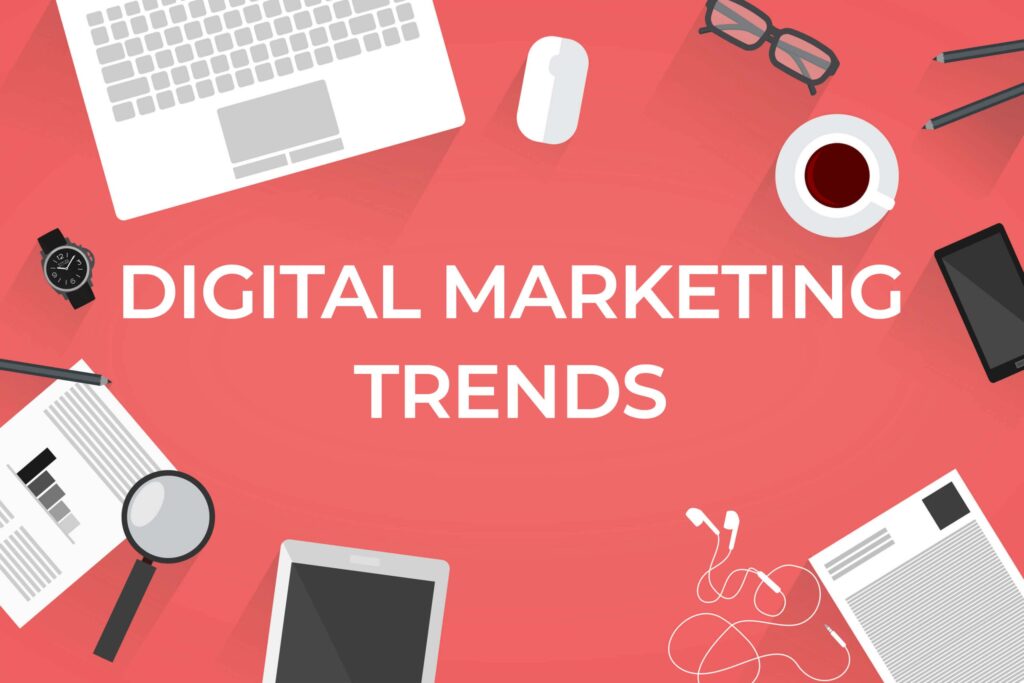Digital marketing is an ever-evolving field, and it’s important to keep up with the latest trends. In 2023, this includes social responsibility and incorporating your impact strategy into your marketing campaigns.
Another digital marketing trend is push notifications, which allow brands to send targeted messages directly to consumers’ devices. They also have a higher response rate than email.
1. The Internet of Things
In a world where we already have smart personal assistants on our phones, wearable monitors, and even smart hairbrushes, it’s no surprise that digital marketing is also becoming more automated. As these devices get more advanced, they’ll produce a massive amount of data about consumers, making it possible for digital marketers to gather a wide array of information that will help them to create more effective campaigns.
A simple example of this would be a restaurant placing QR codes on their menu items, which customers can scan with their smartphones and receive more information about the dish, in-store experiences, and discounts. This allows for businesses to show their customers that they care about them. This will lead to increased brand trust. In addition, consumers want to see a company’s social responsibility and inclusivity.
2. Augmented Reality
Augmented Reality is one of the most interesting trends that marketers can use to make their campaigns more unique and engaging. It is part of the larger XR market which includes Virtual Reality, but it is currently having the greatest impact on digital marketing.
AR uses a smartphone or tablet to display augmented content over interactive real-world environments. It’s a great way to connect with audiences and it also helps brands boost brand awareness.
There are several different types of AR, including superimposition and location-based. Superimposition AR uses a phone camera to identify objects and features, then overlays digital images on top of them. Location-based AR, on the other hand, uses GPS technology to deliver digital content in specific locations. This type of AR is used in applications like store catalogs to help shoppers visualize products.
3. Push Notifications
If you’re a digital marketer, you know there are multiple ways to promote your products or services. You can use email, social media, affiliate marketing or paid advertising to reach and engage your audience.
But one of the newest channels that are becoming increasingly important for digital marketers is push notifications. These are instant alerts that appear on users’ devices, such as their mobile phones, and can be clicked on to take action.
With push comes great responsibility, though, and marketers need to make sure that the content of their notifications is relevant to the consumer’s interests. For instance, a streetwear retailer like PLNDR uses customer purchase history to send timely and personalized notifications that are guaranteed to resonate with their audience. Getting the timing right can lead to engagement uplift of 75 percent or higher.
4. Global Consumers
Many major corporations now operate globally, and that has changed digital marketing. Companies now need to understand what consumers want and need in different regions, and they must be able to adapt their strategies to those demands.
Digital marketers use technology to help them meet these demands. For example, they can create videos that target specific audiences, such as an explainer video that educates people about a particular topic. They can also use search engine marketing to promote their products. This involves bidding on keywords and displaying ads for their products when people query those terms.
Creating genuinely helpful content is also important. That’s especially true after Google’s 2022 helpful content algorithm update. It can penalize marketers who produce content that doesn’t provide value to their readers.
5. Voice Search
Voice search is a rapidly growing trend that digital marketing professionals should take note of. With the help of improved speech recognition technology and smart speaker advancements, voice searches are more natural and conversational. As a result, they prioritize semantics over keywords, leading to more relevant results.
It’s important to create content that’s optimized for voice search in order to keep up with this trend. This will require a new approach to SEO, including the use of natural language and long-tail keywords. Since voice searches tend to be localized, it’s also crucial for businesses to have their Google My Business listings and eCommerce websites updated with correct information, such as address, contact details, and operating hours. This will help drive traffic and improve visibility.




